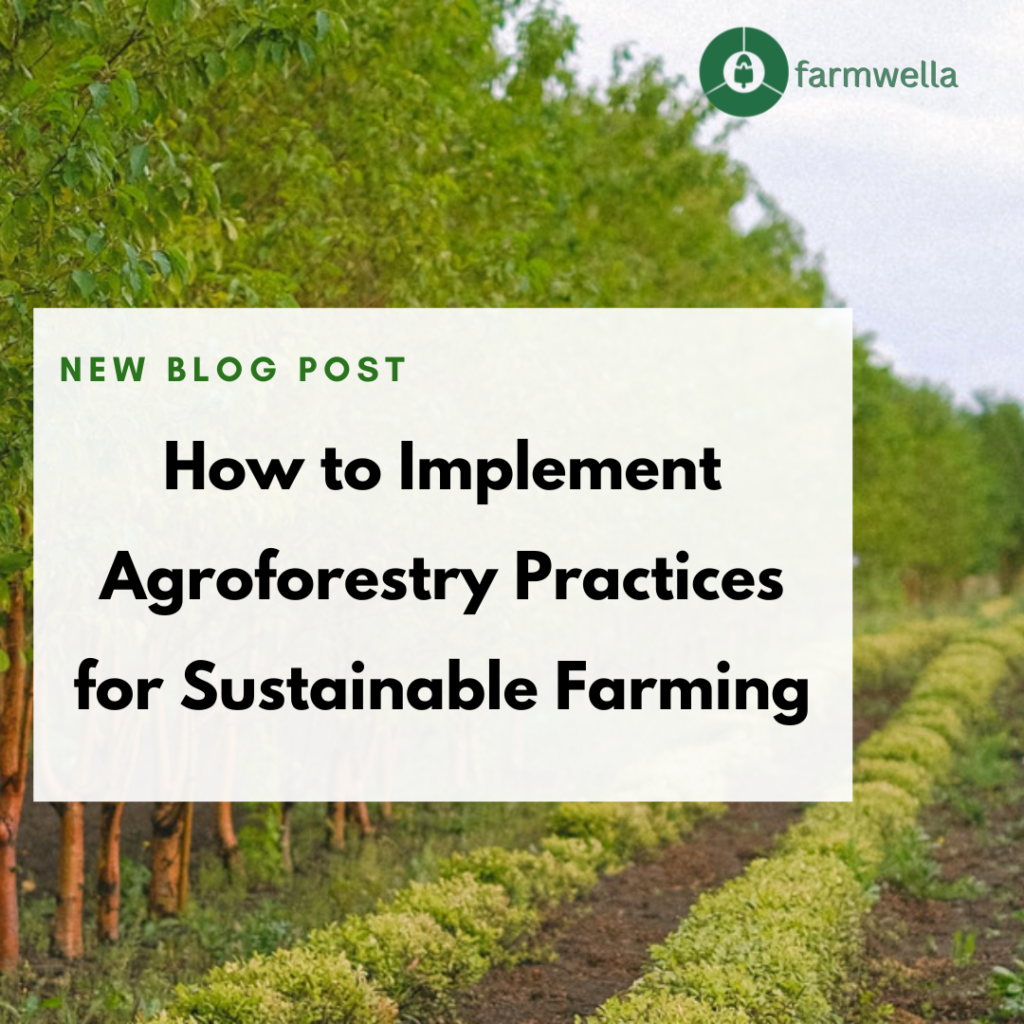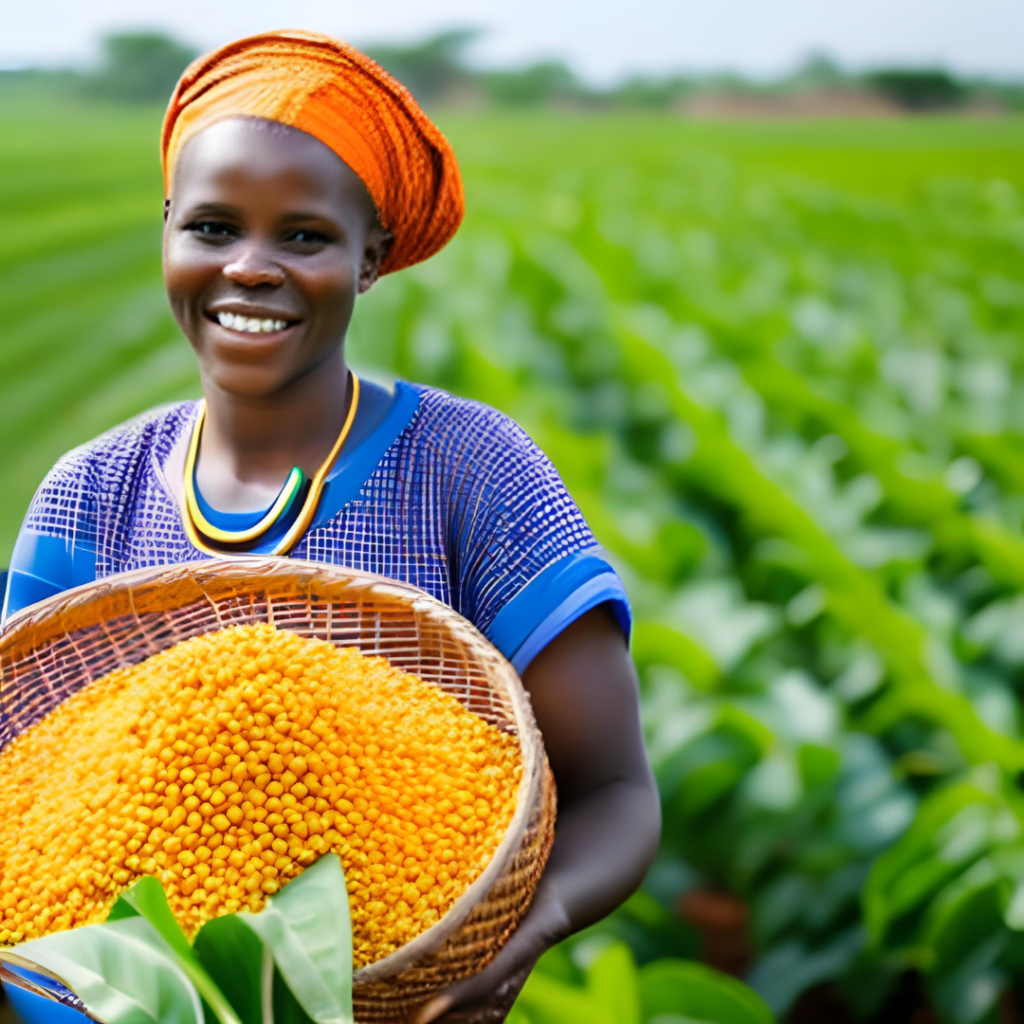How to Properly Rotate Crops for Optimal Soil Health and Yield in Nigeria(Part 1)

1. Understand Nigerian Crop Diversity
2. Categorize Crops for Rotation
What to Do When Selecting the Best Seeds for Your Crop Farm

Picking the right seeds is a big deal for farmers who want their crops to turn out great. If you choose the wrong seeds, it can mess up your whole farm and even your money. So, it’s super important to make the right choice. The kind of seeds you choose can make a really big […]
Tips for Adjusting Companion Planting Techniques According to Changing Seasons

Companion planting is a method that’s genuinely shown its effectiveness for farmers, helping them achieve the best results from their farms/gardens. However, there’s a challenge when it comes to adapting this system to various seasons. In this article, we are going to explore how companion planting techniques can be adapted according to the changes in […]
How to Conduct Crop Monitoring for Early Detection of Issues

Step 1: Regular Farm Walks
Step 2: Observe Plant Signals
Step 3: Assess Soil Moisture
Step 4: Watch the Weather
Step 5: Keep Track of Changes
4 Tips to Elevate Your Crop Farm with Sustainable Practices

New technologies, methods, and practices emerge with the aim of making farms more efficient, productive, and environmentally friendly. As a farmer, embracing these innovations is not just an option; it’s a necessity. The landscape of farming is evolving, and staying up-to-date with the latest sustainable practices is crucial to ensuring the success and longevity of your crop farm.
How to Create Your Own Organic Pesticides at Home

For farmers, battling pests is an ongoing challenge that demands effective solutions. It’s crucial to address these threats promptly to prevent potential havoc on farms and their operations. The need to combat pests is even more pronounced for organic farmers, who prioritize environmentally-friendly and sustainable practices.
Top 5 Agricultural News For The Week

This article will provide an overview of the most recent developments and notable events from the past week in the agricultural industry.
How to Implement Agroforestry Practices for Sustainable Farming

Traditional agricultural practices often lead to soil erosion, loss of biodiversity, and dependence on synthetic inputs. These practices can be detrimental to the environment and long-term farm viability.
This is where agroforestry comes into play, offering a sustainable alternative that integrates trees and crops on the same piece of land.
Agroforestry is not only about sustainable land management but also about fostering a harmonious relationship between humans and nature. By strategically planting trees amidst crops, farmers can tap into a multitude of benefits that transcend the boundaries of conventional agriculture.
4 Tips to Conduct Soil Testing for Nutrient Analysis and Fertilizer Recommendations

Accurate results depend on collecting representative soil samples from various areas of your garden or field. Here’s a step-by-step guide to collecting soil samples effectively:
Divide Your Area: Divide your garden or field into sections with similar soil characteristics. If there are noticeable differences in soil type, slope, or previous land use, treat each section as a separate sampling area.
Use Clean Tools: Ensure your sampling tools are clean to prevent contamination. A soil auger, spade, or trowel can be used to collect samples. Avoid tools made of galvanized steel, as they can contaminate the sample with zinc.
Sample Depth: For most crops, a sample depth of 6 to 8 inches is recommended. If you’re testing for trees or deep-rooted crops, you might need to collect samples from a greater depth.
Sample Quantity: Collect multiple subsamples within each sampling area to create a composite sample. Mix these subsamples thoroughly to ensure an accurate representation.
Sampling Points: Randomly select sampling points within each section, ensuring they’re spaced evenly. Take samples in a zigzag pattern to avoid bias.
Packaging: Place the composite sample in a clean, plastic container and label it clearly with the sampling area’s name or code. Store samples in a cool, dry place until you’re ready to send them for testing.
Top 5 Agricultural News For The Week

This article will provide an overview of the most recent developments and notable events from the past week in the agricultural industry.